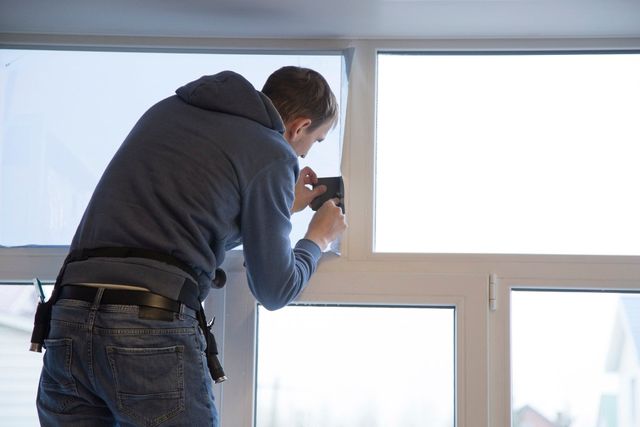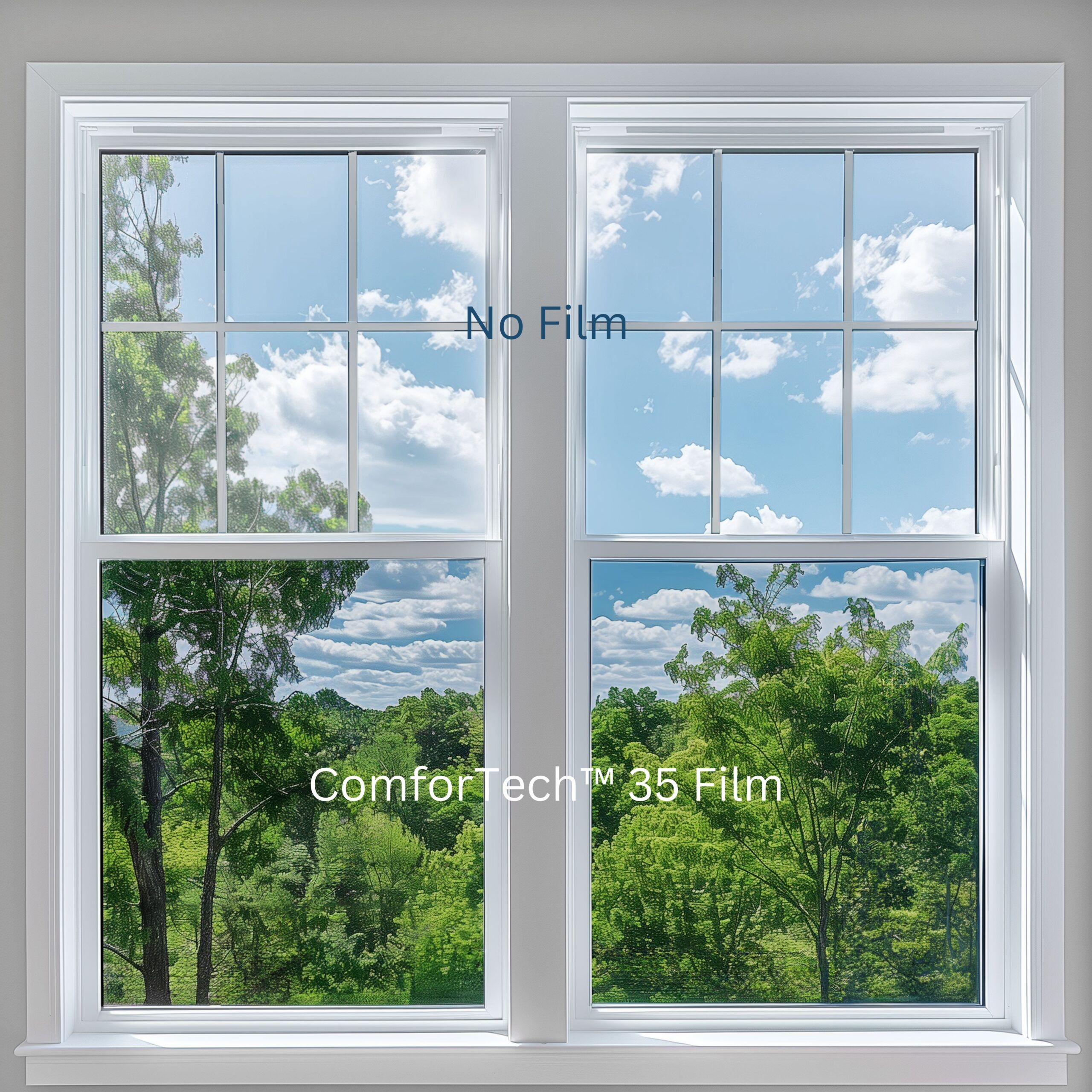Exactly How Residential Window Tint Can Lower Energy Bills
Exactly How Residential Window Tint Can Lower Energy Bills
Blog Article
Exactly How Residential Home Window Tinting Improves Your Home's Power Effectiveness
Residential home window tinting presents a compelling option for home owners seeking to enhance energy performance within their home. By applying specialized movies to home windows, it efficiently decreases warm transfer, thereby stabilizing indoor temperature levels and minimizing the demand for extreme heating or cooling. This not just stops power consumption however also gives a much more comfortable environment by mitigating glare. Comprehending the subtleties of how tinting works and choosing the proper kind for your home can be critical. Strangely enough, what factors should one consider prior to making this financial investment?
Understanding Window Tinting
Comprehending home window tinting is crucial for home owners seeking to enhance both comfort and power performance in their space. Residential Window Tint. Home window tinting involves the application of a thin movie to the inside or exterior surface area of glass home windows. This film can considerably regulate the amount of sunlight and warmth that goes into a home, thus influencing indoor environment problems
There are different types of window tinting movies available, each with unique buildings. The effectiveness of window tinting is usually gauged by its Visible Light Transmission (VLT) percentage, which suggests how much light can pass through the movie.
Benefits of Energy Performance
Window tinting not only boosts aesthetic appeals yet also plays a substantial duty in boosting power performance within household areas. By reducing heat transfer with windows, tinted films develop an extra stable interior environment, which can result in substantial reductions in power consumption for cooling and heating. This energy efficiency converts right into lower energy bills, supplying property owners with substantial lasting savings.

Furthermore, home window tinting improves the comfort of living areas. By decreasing glare and blocking unsafe UV rays, colored windows produce an even more pleasurable setting, which can bring about boosted well-being for residents. The protection versus UV rays likewise assists protect furnishings and flooring from fading, contributing to the long life of household products.
Just How Tinting Functions
Tinting films run via a mix of sophisticated products and modern technologies designed to control the quantity of solar power entering a home. Primarily composed of polyester, these movies frequently incorporate metallic or ceramic particles that absorb and reflect warmth. This dual ability allows them to dramatically reduce the penetration of ultraviolet (UV) rays and infrared radiation while permitting visible light to go through.
The performance of home window tinting is determined by its solar warm gain coefficient (SHGC), which shows how much solar power is transferred with the home window. Reduced SHGC worths are more suitable as they denote greater warmth denial. In addition, window colors can feature a variety of tones, enabling house owners to customize their visual preferences while enhancing energy effectiveness.
Additionally, these movies function as a barrier, avoiding warmth loss during cooler months by showing indoor warmth back into the living space. This thermal insulation impact matches the cooling advantages obtained throughout warmer months, adding to a balanced interior climate year-round. By handling solar power effectively, household home window tinting not only improves comfort yet likewise plays a vital role in decreasing power usage and decreasing utility expenses.
Picking the Right Color

There are various kinds of window movies available, including dyed, metalized, and ceramic. Ceramic movies offer outstanding heat control without endangering exposure and are extremely resilient, making them a preferred selection.
Noticeable light transmission (VLT) is one more essential variable, as it indicates the amount of all-natural light that can pass with the colored glass. check my blog Homeowners should choose a tint with a VLT that complements their lighting choices while still offering appropriate glow reduction.
Additionally, assessing the solar heat gain coefficient (SHGC) can assist figure out how well a color can block warmth from sunshine. A lower SHGC suggests much better heat control, ultimately boosting power efficiency.
Installment and Maintenance Tips
Correct installation and maintenance are crucial parts in making best use of the benefits of residential window tinting. To achieve ideal results, it is a good idea to hire a certified expert for setup. This guarantees that the tint is used correctly, staying clear of air bubbles, creases, or misalignment Visit Your URL that can compromise performance. Professionals likewise use specialized tools and strategies, which can enhance the sturdiness and effectiveness of the color.
Adhering to setup, maintenance is important to prolong the life of the window movie. It is recommended to wait at the very least 30 days prior to cleaning the tinted windows to permit the adhesive to heal totally.
Resolving these problems quickly can protect against further damage and preserve power efficiency. By adhering to these installment and upkeep suggestions, house owners can ensure their window tinting continues to provide considerable energy cost savings and convenience for years to come.
Verdict
In conclusion, property window tinting functions as a reliable service for enhancing power efficiency within homes. By decreasing warm transfer and blocking hazardous UV rays, window films contribute to lower power consumption and boosted interior comfort. The selection of ideal tinting materials, along with proper setup and upkeep, even more takes full advantage of these benefits. Eventually, home window tinting represents a lasting investment that not just decreases energy costs yet also promotes a comfy living setting throughout the year.
Home window tinting entails the application of a thin film to the inside or exterior surface of glass windows. By decreasing heat transfer via home windows, colored films develop an extra stable indoor climate, which can lead to substantial reductions in power consumption for heating and air conditioning.The efficiency of window tinting is gauged by its solar warm gain coefficient (SHGC), which suggests how much solar energy is transferred through the home window. By managing solar energy effectively, household window tinting not just enhances convenience but additionally plays a vital role in minimizing power usage and decreasing utility bills.
By reducing warm transfer and obstructing harmful UV rays, window movies contribute to lower energy intake and boosted internet indoor comfort.
Report this page